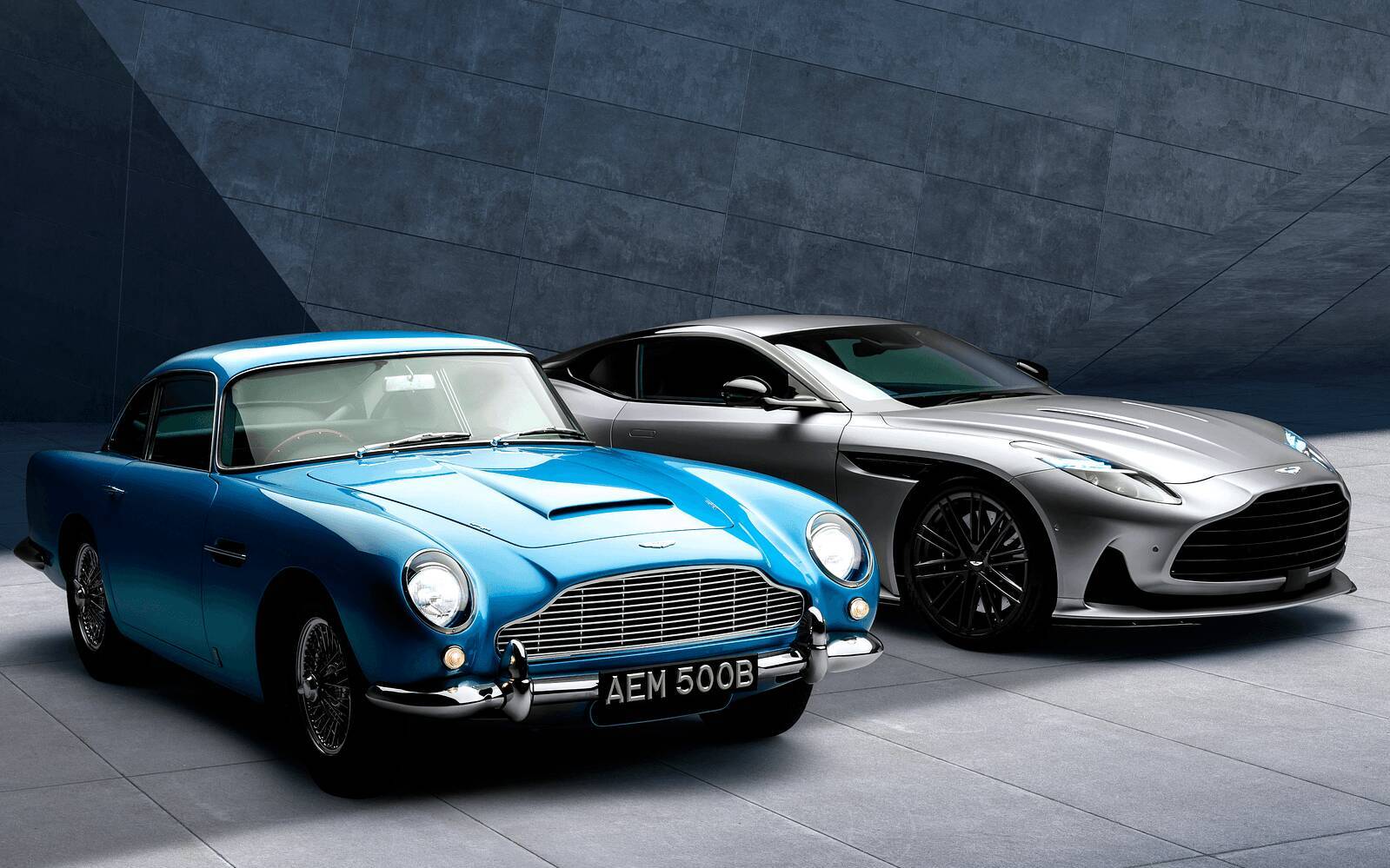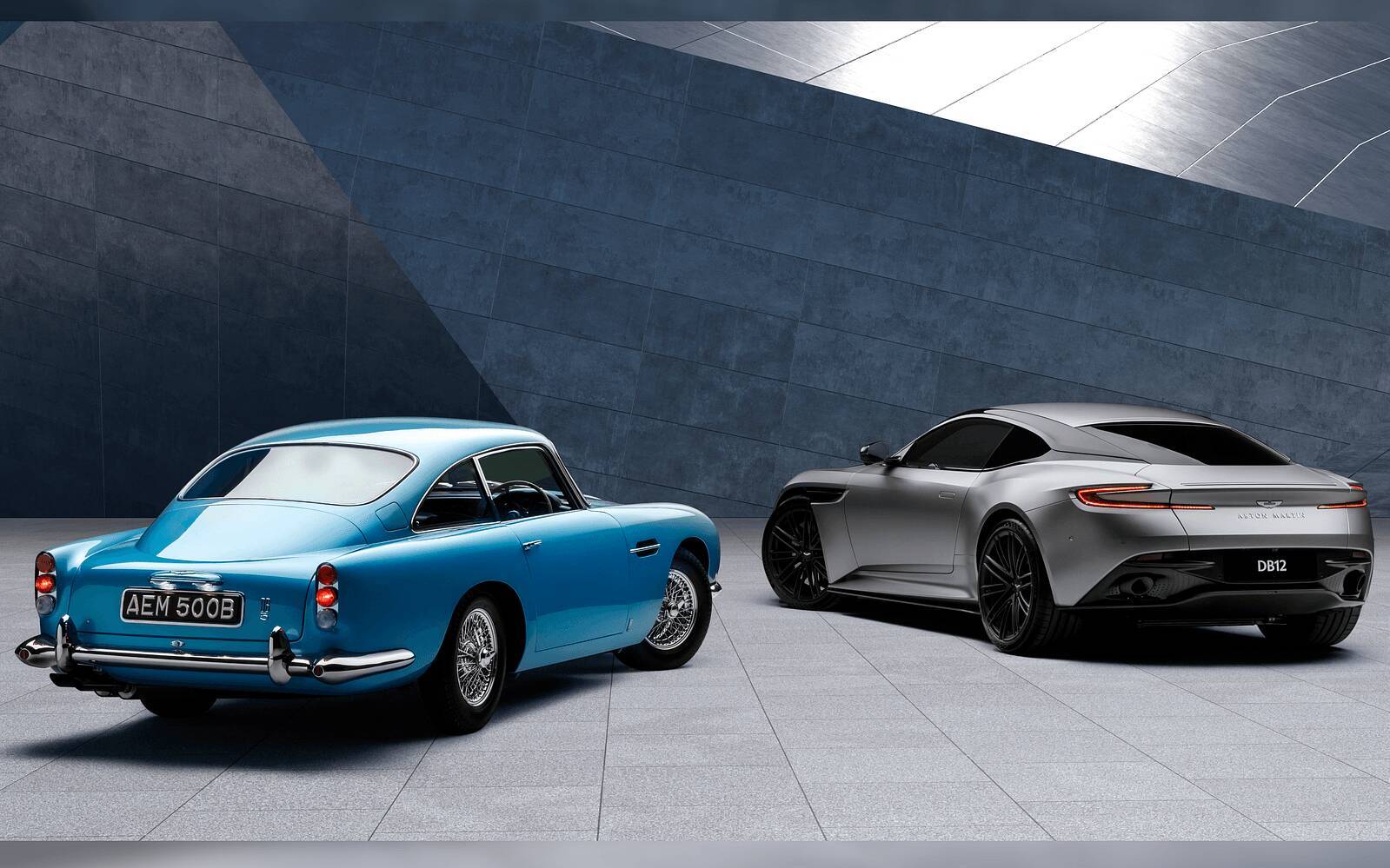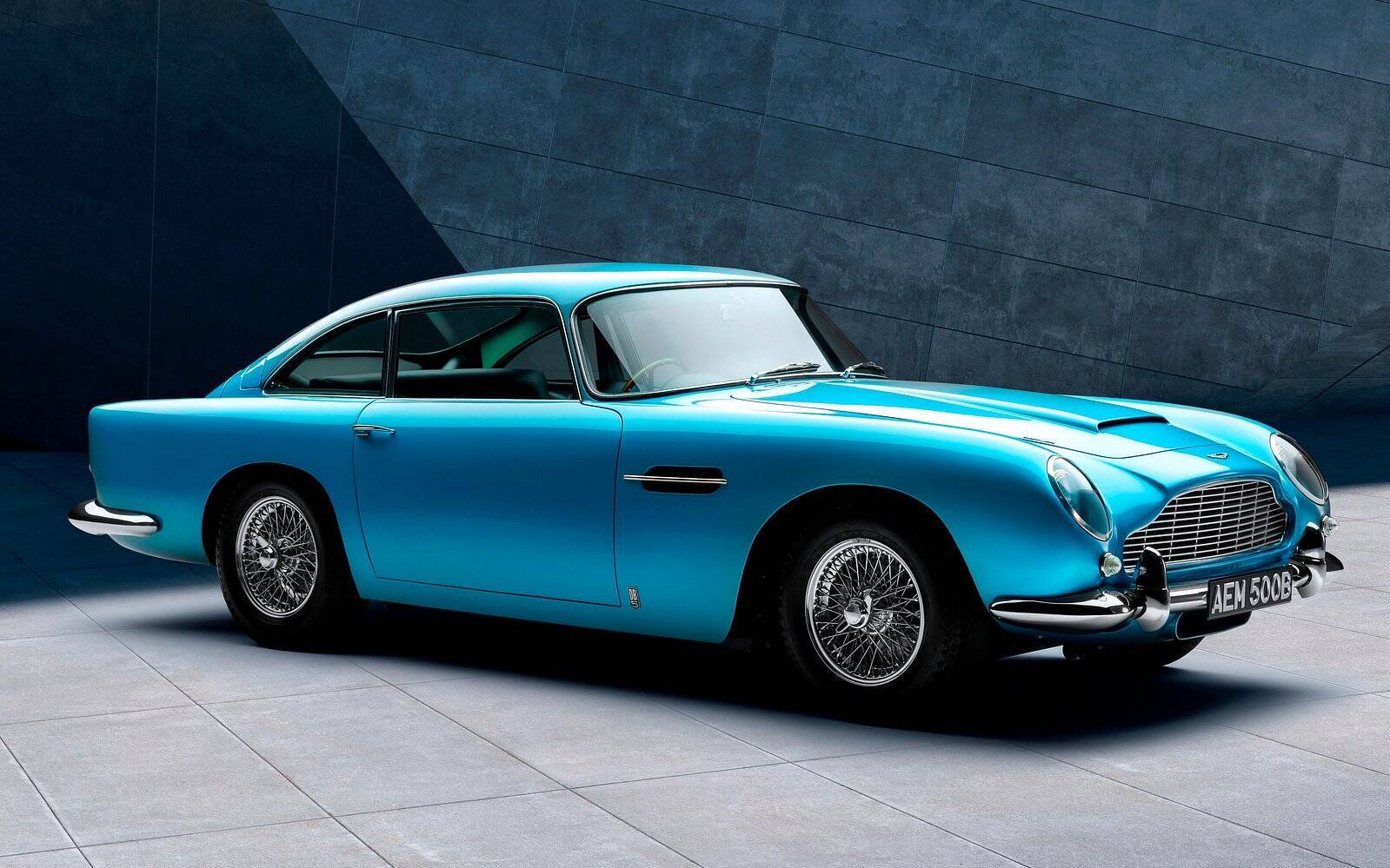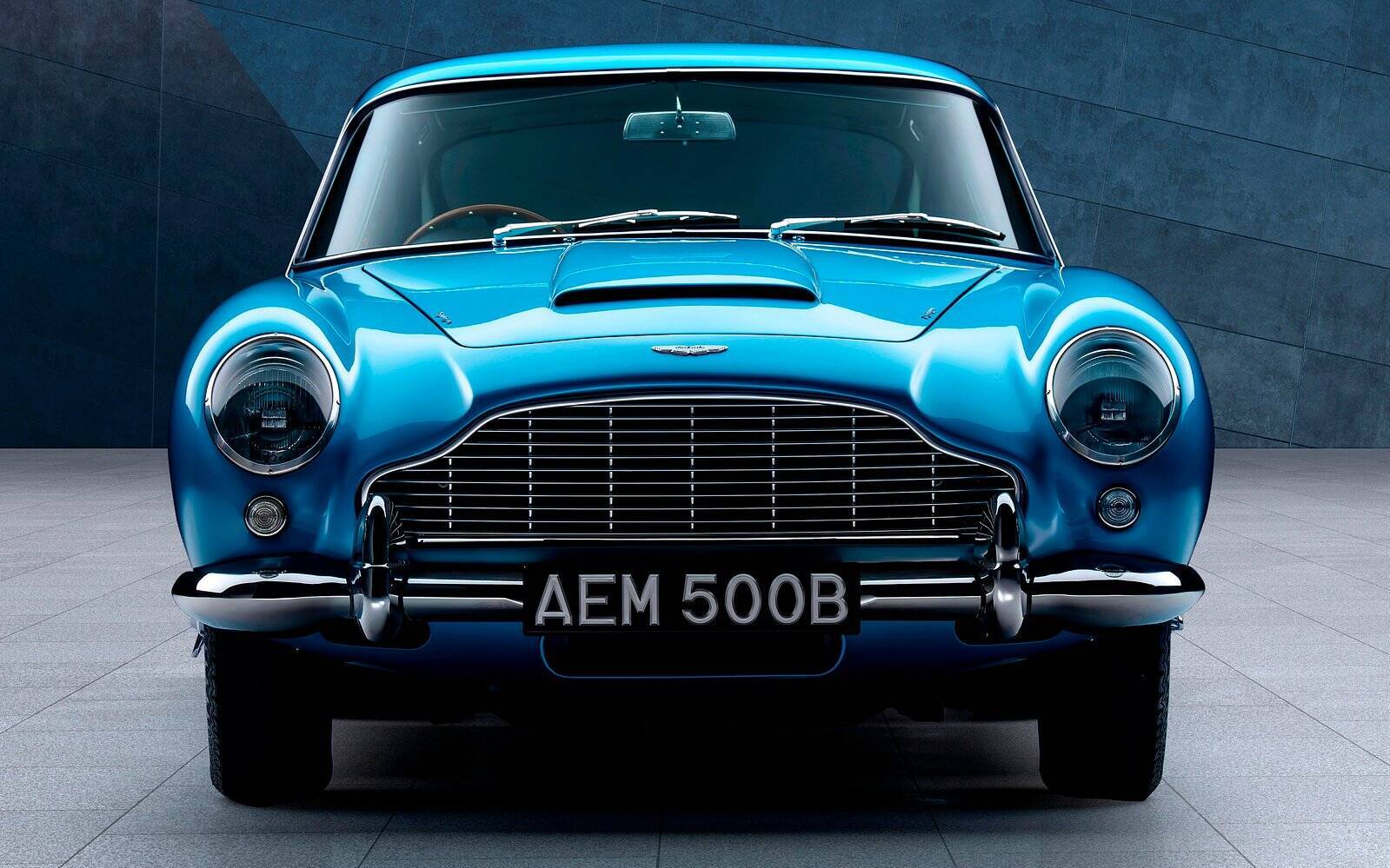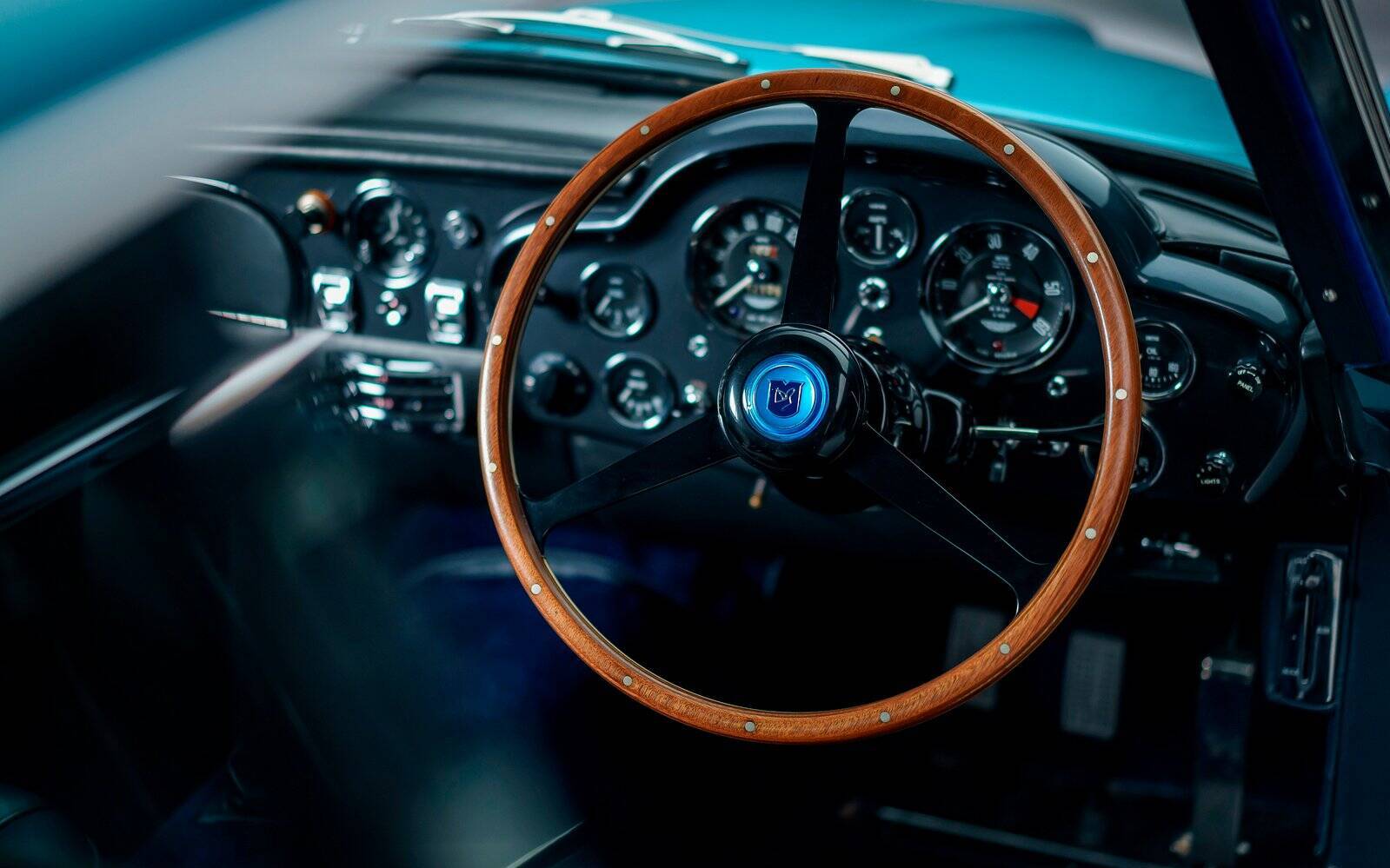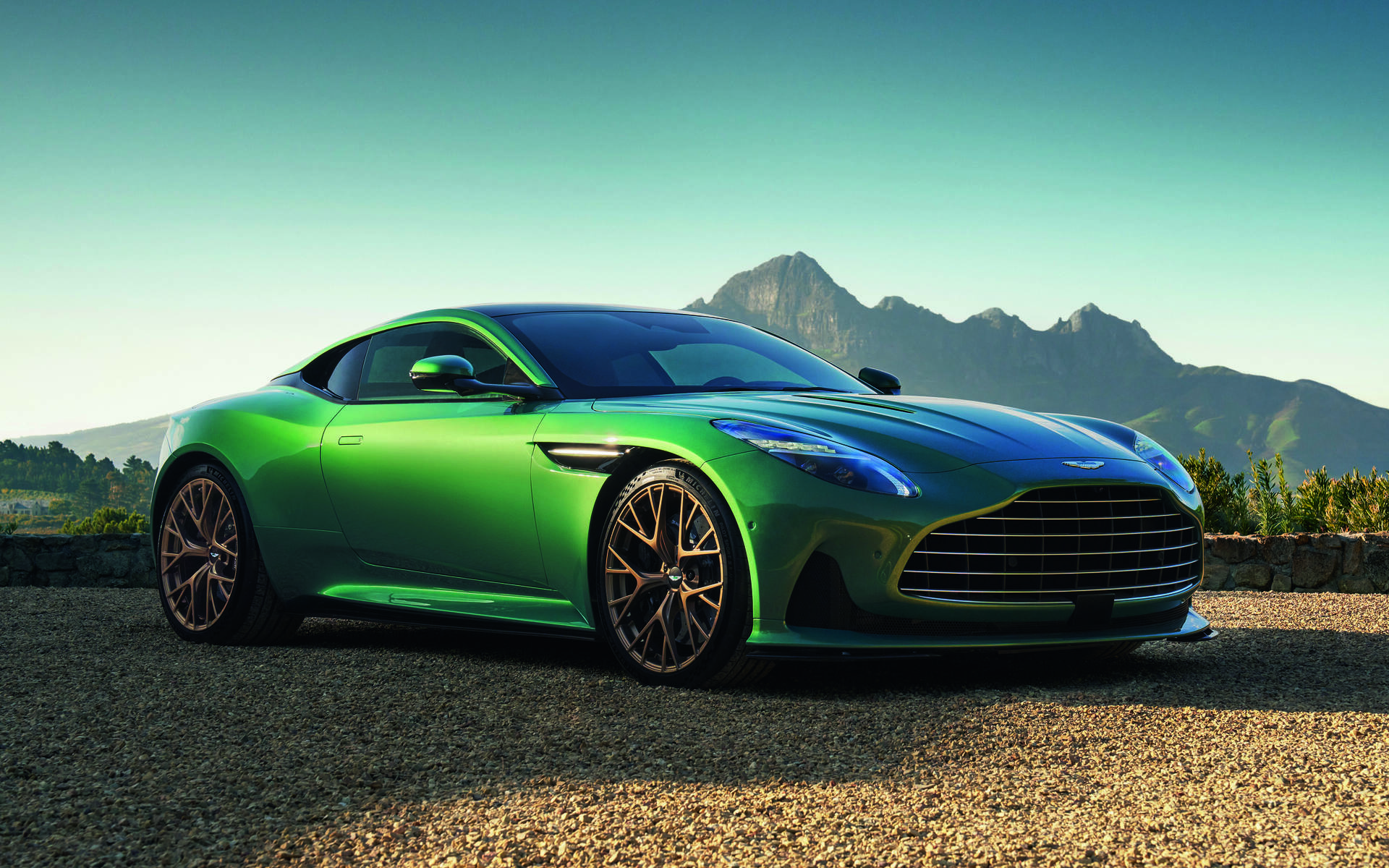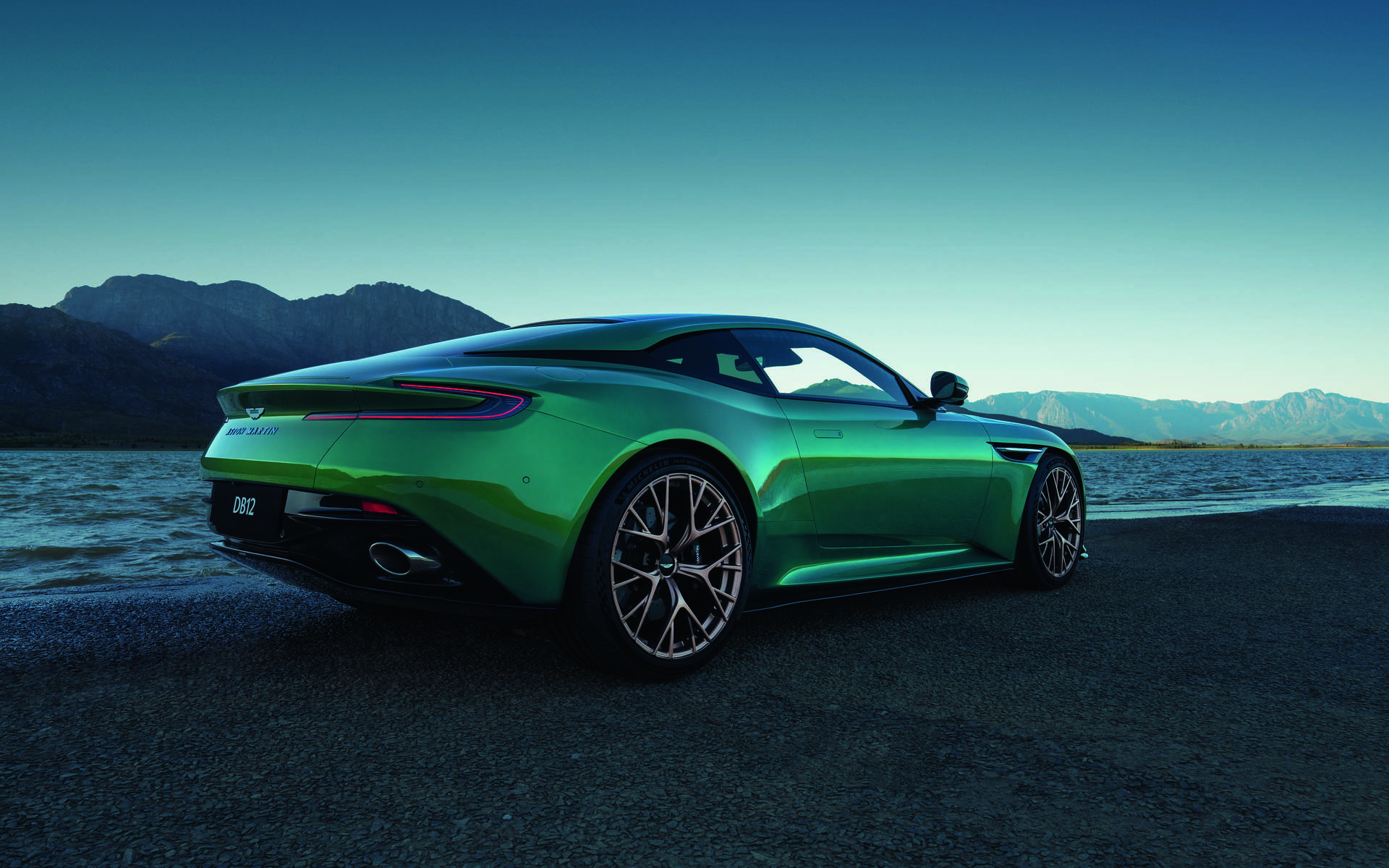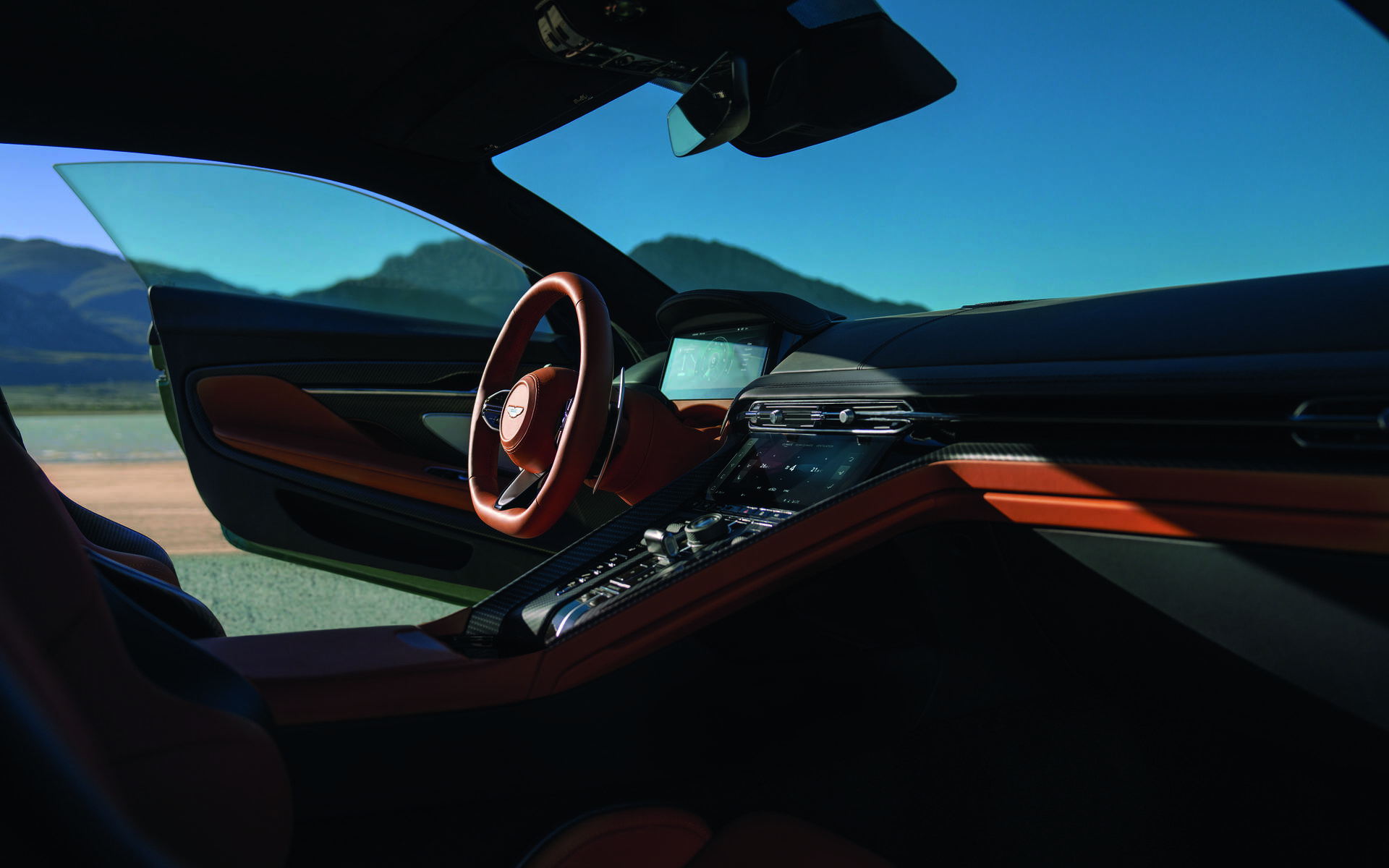From DB5 to DB12: 60 Years of Formidable Aston Martin Sports Cars
The David Brown era at Aston Martin produced many great Aston Martin sports cars but none more recognizable, revered and desired as the DB5, which helped solidify the luxury brand’s reputation for style, performance and exclusivity.
The British icon, initially unveiled at the 1963 Frankfurt Motor Show and popularized by its appearances in a series of James Bond movies, among others, celebrated its 60th anniversary at the Goodwood Revival festival in September. It was displayed alongside the all-new 2024 DB12 to show how the elegance and presence of the original coupe have transformed over the past six decades.
The DB5 had a production run of just over 1,000 units from 1963-1965, including 887 coupes, 123 convertibles and 12 bespoke, coach-built shooting brakes. A number of celebrities have owned one, such as Paul McCartney, George Harrison, Mick Jagger, Peter Sellers, Robert Plant and Ralph Lauren, which only amplified its iconic status. Aston Martin’s Executive Chairman Lawrence Stroll is himself a DB5 owner.
As gearheads know, the engine sitting under the long hood was a much reworked 4.0-litre version of the 3.7-litre, twin-cam, straight-six engine that powered the DB4, producing what was then a distinctly potent 282 horsepower in standard form (325 horsepower in the DB5 Vantage). The DB5 could achieve top speeds in excess of 240 km/h.
The Successors
Aston Martin replaced the DB5 with the DB6 in 1965 and made 1,967 units over a five-year span, using the same engine as before. Meanwhile, the company introduced the DBS (1967-1972), which was a larger coupe than the DB6, with four full-sized seats. The body was developed entirely in-house and made to look more modern.
The DB7 came in 1994, or 22 years after David Brown sold Aston Martin. Under the stewardship of Ford, this car rode on the same platform as the Jaguar XJS, albeit a heavily revised version, in order to reduce costs. In 1999, the DB7 Vantage made its debut, and joining the supercharged inline six-cylinder engine was a 5.9-litre V12 generating 420 horsepower.
Skipping the number 8, the DB9 (2004-2016) took over and benefited from a completely new platform. Originally designed by Ian Callum and Henrik Fisker, it finished its 13-year career with a V12 engine cranked up to 477 horsepower.
The DB10 was nothing more than a custom-designed V8 Vantage for the 2015 Bond movie Spectre. Only 10 units were built and just one was sold to the public. This model, along with the DBX concept and One-77 supercar, inspired designers to create the DB11. Despite the new architecture, you could argue the biggest change was found inside the car, with the centre stack stripped of many buttons and gifted a new 8-inch touchscreen.
The Culmination
As mentioned up top, Aston Martin revealed the latest member of the storied DB family earlier this year. Hailed as the world’s first “super tourer,” the 2024 DB12 is clearly more of an evolution than a revolution. That being said, the enlarged grille looks almost disproportionate and the headlights have a fancy new lighting signature.
While the twin-turbocharged 4.0-litre AMG V8 returns, engineers have managed to increase output from 528 horsepower to a whopping 671 horsepower, outperforming the twin-turbocharged 5.2-litre V12 that’s no longer available. Aston Martin claims 0-60 mph (97 km/h) acceleration is achieved in 3.5 seconds.
The DB12’s interior is much more contemporary and more user-friendly, not to mention beautifully adorned with aromatized and hand-stitched Bridge of Weir leather. Of course, customers will have a ton of personalization options to choose from thanks to Aston Martin’s Q program. A number of physical controls remain on the redesigned centre stack, while the company’s new infotainment system powers the 10.3-inch touchscreen.
In Canada, the Aston Martin DB12 is priced at $281,800. Time will tell how much value it can gain—probably nowhere near as much as its famed 60-year-old forebearer.

